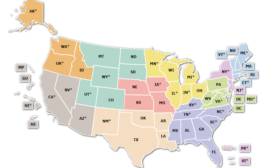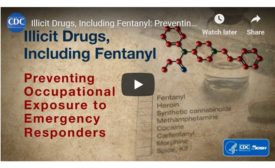News
Heart attack victims over 65 treated differently
-And their outcomes are worse
April 8, 2019
Emergency visits reach all-time high
Only 4.3 percent of emergency visits are considered nonurgent, new CDC data shows
April 5, 2019
Never miss the latest news and trends driving the safety industry
eNewsletter | Website | eMagazine
JOIN TODAYCopyright ©2024. All Rights Reserved BNP Media.
Design, CMS, Hosting & Web Development :: ePublishing









